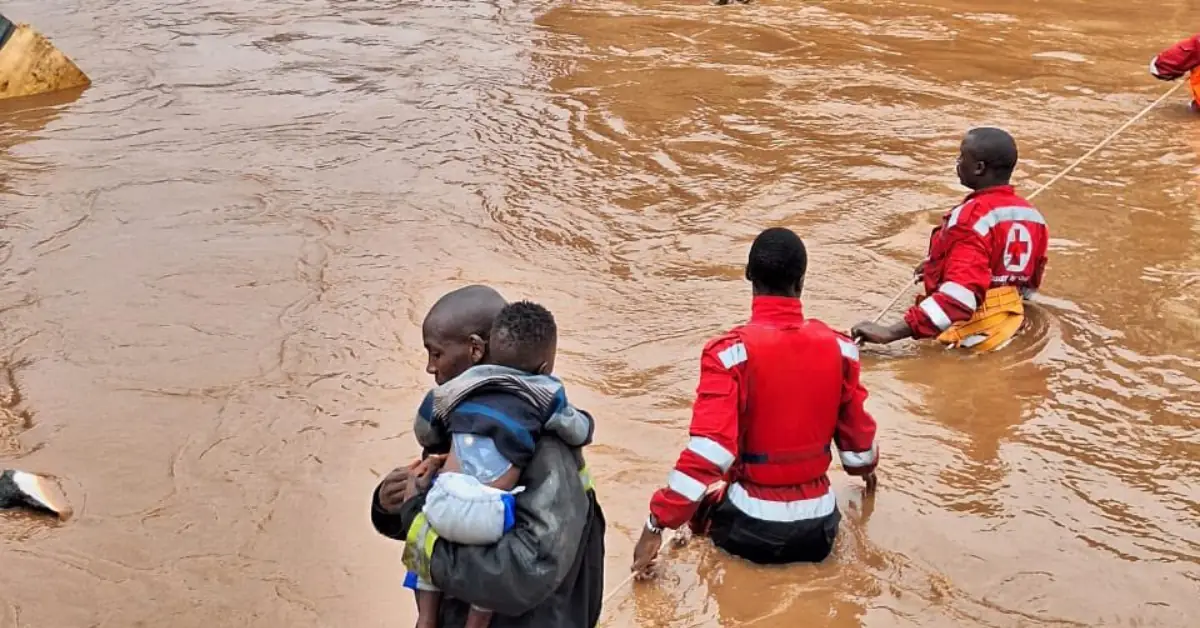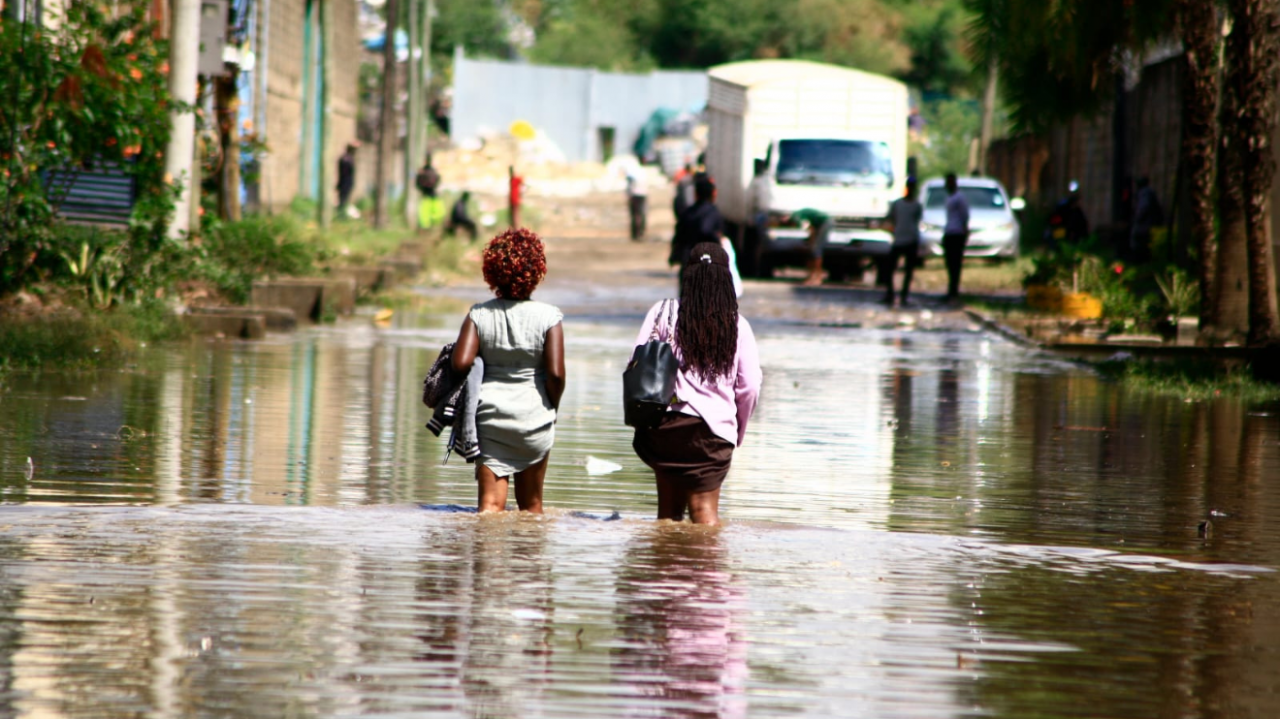
Kenya’s capital, Nairobi, has been grappling with the devastating effects of flooding for years. This article delves into the historical context, causes, consequences, and mitigation strategies surrounding Kenya Nairobi flooding, providing a comprehensive understanding of this pressing issue.
Flooding in Nairobi has become a recurring nightmare, with severe consequences for the city’s infrastructure, economy, and population. Understanding the factors contributing to these floods is crucial for developing effective solutions and mitigating their impact.
Overview of Kenya Nairobi Flooding

Flooding has been a persistent challenge in Nairobi, Kenya, for decades. Heavy rainfall, poor drainage systems, and rapid urbanization have contributed to frequent and severe flooding events that have caused significant damage to infrastructure, disrupted livelihoods, and threatened public health.
Frequency and Severity of Flooding Events
Nairobi experiences heavy rainfall during two rainy seasons, from March to May and from October to December. The city’s aging drainage systems are often overwhelmed by the intensity and volume of rainfall, leading to flooding in low-lying areas and along major roads.
Flooding events have become more frequent and severe in recent years. In 2018, the city experienced its worst flooding in over 50 years, with water levels reaching up to 6 feet in some areas. The floods caused widespread damage to homes, businesses, and public infrastructure, and displaced thousands of residents.
Impact of Flooding on Nairobi
Flooding has a devastating impact on Nairobi’s infrastructure, economy, and population. Damaged roads and bridges disrupt transportation and commerce, while flooded homes and businesses cause economic losses and displacement.
Flooding also poses significant health risks. Standing water can become breeding grounds for mosquitoes, increasing the risk of malaria and other waterborne diseases. Additionally, flooding can contaminate water sources and disrupt access to clean water, leading to health problems and sanitation issues.
Causes of Kenya Nairobi Flooding
Geographical and Environmental Factors
Nairobi is located in a low-lying basin surrounded by hills. This topography makes the city prone to flooding during heavy rainfall, as water flows down from the surrounding areas and accumulates in the city’s drainage systems.
The city’s geology also contributes to flooding. Nairobi is built on a layer of volcanic rock that is relatively impermeable, meaning that water cannot easily soak into the ground. This exacerbates flooding during heavy rainfall.
Urbanization and Inadequate Drainage Systems
Rapid urbanization has also played a role in Nairobi’s flooding problems. As the city has grown, green spaces and natural drainage channels have been replaced by buildings and paved surfaces. This has reduced the city’s capacity to absorb and drain rainwater.
The city’s drainage systems are also inadequate to handle the volume of rainfall that Nairobi receives. Many drainage channels are clogged with debris, and some are too small to accommodate the flow of water during heavy rains.
Impact of Climate Change, Kenya nairobi flooding
Climate change is also exacerbating flooding in Nairobi. Rising temperatures are leading to more intense and frequent rainfall events, which overwhelm the city’s drainage systems.
Climate change is also causing glaciers on Mount Kenya, which is located near Nairobi, to melt. This is increasing the volume of water flowing into the city’s rivers and streams, further increasing the risk of flooding.
Final Summary

Addressing Kenya Nairobi flooding requires a multi-faceted approach involving infrastructure improvements, urban planning, climate change adaptation, and community engagement. By implementing comprehensive mitigation strategies, investing in preparedness measures, and fostering collaboration between stakeholders, Nairobi can work towards building a more resilient city that can withstand the challenges posed by flooding.
Clarifying Questions
What are the major causes of flooding in Nairobi?
Urbanization, inadequate drainage systems, and climate change are the primary contributors to flooding in Nairobi.
What are the short-term and long-term consequences of flooding in Nairobi?
Flooding can lead to infrastructure damage, economic losses, displacement of residents, and increased health risks.
What measures are being taken to mitigate flooding in Nairobi?
The government and various organizations are implementing flood control measures, such as drainage system upgrades, river dredging, and the construction of dams and reservoirs.





